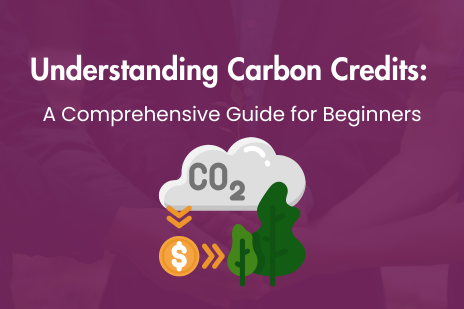
Tech Consultant

 Real-World Examples of Carbon Credit Projects
Real-World Examples of Carbon Credit Projects
Harness the power of custom software development to streamline operations, reduce costs, and boost efficiency. Start by exploring cutting-edge approaches like cloud-native platforms, API-first architecture, and AI-driven automation to future-proof your systems and stay ahead of the competition.
Let’s build your idea together and serve society.
Build a Transparent, Scalable Carbon Credit Marketplace with Blockchain.